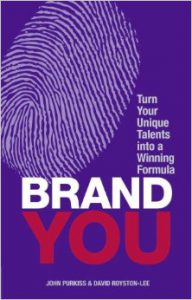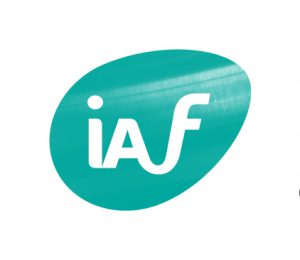One of the recent members of the Serious Play Pro community asked me privately about whether it pays off to quit his day job and starting working as a facilitator full time.
He wrote: “I want to pick your mind on how you got started on LSP. Did you start it while you were already doing freelance consulting/coaching? Or did you start it within a corporate setting and then just spun off to a freelance gig once you got the hang of it? If you know of anyone with similar experiences, whether freelance LSP consulting right off the bat or a spin-off from their corporate career, a referral would be appreciated.”
Let me start with a reference to a research paper that I read in the most recent Academy of Management Journal. Two PhD students of of University of Wisconsin Madison: Joseph Raffiee and Jie Feng wrote an interesting piece: Should I Quit My Day Job? A Hybrid Path to Entrepreneurship. They concluded that while entrepreneurship entry paths are different – those who started as part-time hybrid entrepreneurs while retaining their day jobs had higher survival rates. But still – the most decisive factor of entrepreneurship success were the characteristics of the particular individual.
Like Raffiee and Feng wrote in their paper and supported with data – I also believe that all the roads that lead to Rome are different, but probably it is worth discussing about various models of business for starting off as an entrepreneur for handling Lego Serious Play and other facilitation work. Lets start with my story. Hopefully others will find it interesting to spell out their experience below.
I started off as a self employed consultant a dozen years ago in 2002 when I came to realize that you may as easily work for larger organizations without being a part of them. While large organizations can give you interesting collaboration and learning opportunities – the headache of daily rigidities of reporting, some pointless meetings and power at wrong hands destroy the fun part of it.
After reading a couple of popular books in this field (e.g. Charles Handy’s The Elephant and the Flea and John Purkiss’es Brand You: Turn Your Unique Talents into a Winning Formula) I decided that an one-man-band type of organization would be much more suitable for my taste.
Instead of jumping the ship completely I created my firm and thereafter started off with a single client. I worked for 4 months for one of my previous employers as an independent consultant. At the same time, I started actively building my independent brand, seeing how to best open the sales leads and after a few short training and analytical gigs I commenced full time into the world of managing myself.
During the past years this has been the approach that I have had. I have balanced the work between a handful of long term clients with whom I frequently establish long-term collaboration that span over 2-3 years. These larger customers seem almost similar to full time job in a larger organization, but in reality they are not. They usually account for 50-70 per cent of my time and provide a bulk of my income. However, with the remainder of my time I can work on interesting short-term research assignments, training and speaking engagements here and there, which also add value to my long-term clients.
I came across the Lego Serious Play methodology in 2005. After reading a few working papers and Johan Roos’s Thinking from Within I tested and tried the use of the methodology at a number of companies. I used the methodology based on my best knowledge quite some time and it was not until 2009 when I finally went through certification process with Lego.
Nowadays I just use the Lego Serious Play as one of the tools in my consulting practice. I would not think about working only with that and be known as just the “Lego guy” because there are just so many things that a method can help you to achieve. It certainly comes with its limits. It works well in situations with lots of ambiguity, where creativity is required and where the group dynamics needs some space to develop. However, there are plenty of situations where you need to handle lots of data, supporting an analytical team who scores extremely well in terms of open collaboration and understands its tacit signals. Under those circumstances the Lego Serious Play-based approach does not add much value.
For that reason there are many other methods that I rely on. Some are more analytical, the others more playful. In my case – Lego Serious Play-based facilitation is an important aspect of my daily work, but it still just accounts for roughly 10-20 per cent of my time and income.
As a Summary – Some things to Think About before Embarking the Journey of an Self-Employed Facilitator
- When you contemplate starting off your business then I suggest also to you that try to think about the Lego Serious Play as just one of the tools. If you don’t have many other alternatives then I would propose expanding your portfolio.
- Remember that all facilitation work relies heavily on your personal time, which means that it is ultimately scalable only up to the maximum useful, productive and billable time that you can provide for your clients. Until you have a number of those clients potentially at sight, you might wish to postpone your independent moves.
- Finally – in addition to your network of clients – try to also build your network of peers who help to develop your professional skills and challenge your thinking.










 Become a LEGO Serious Play facilitator - check one of the upcoming training events!
Become a LEGO Serious Play facilitator - check one of the upcoming training events!
Hi Marko
I just came upon this older, but very useful post. I appreciate the honesty of your advice. Good counsel for the emerging independent consultant.
Many thanks for the food for thought.
Anne-Marie